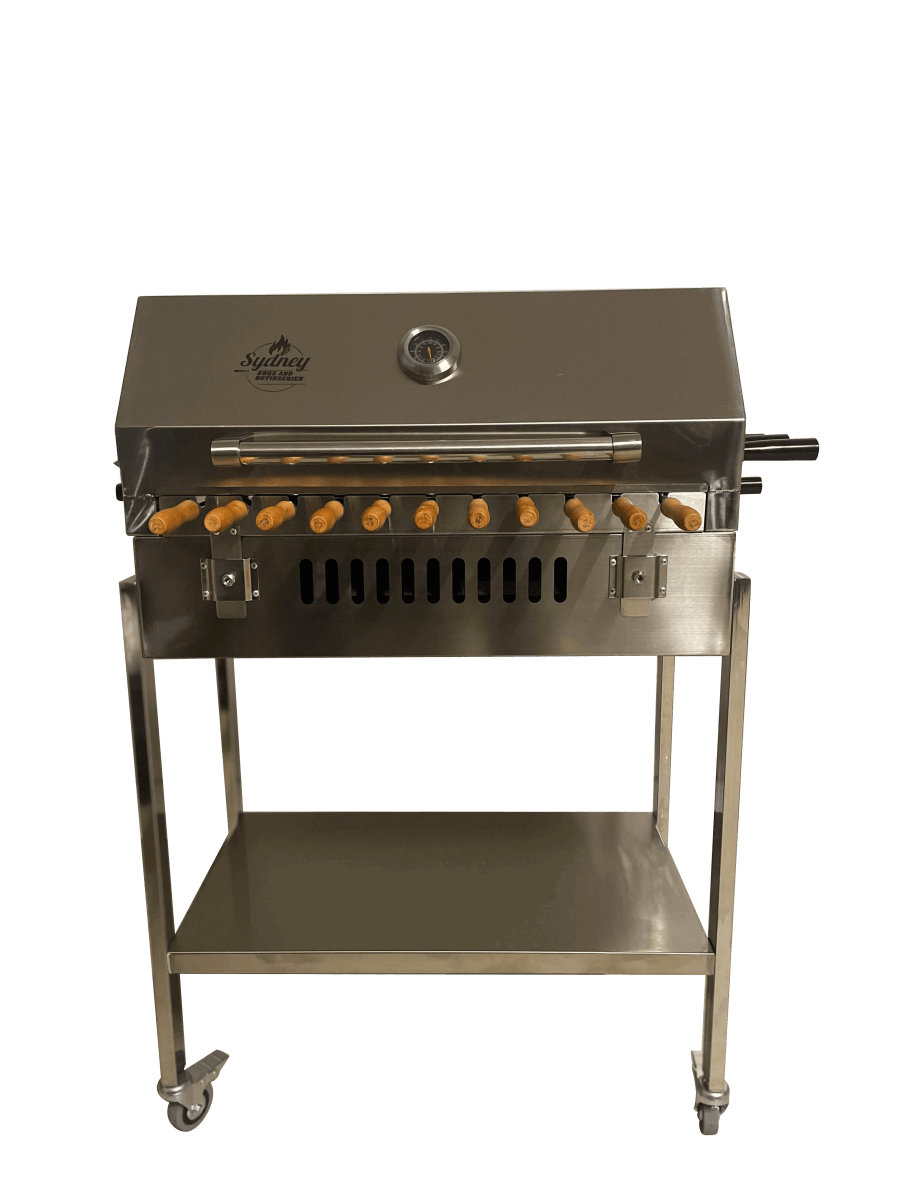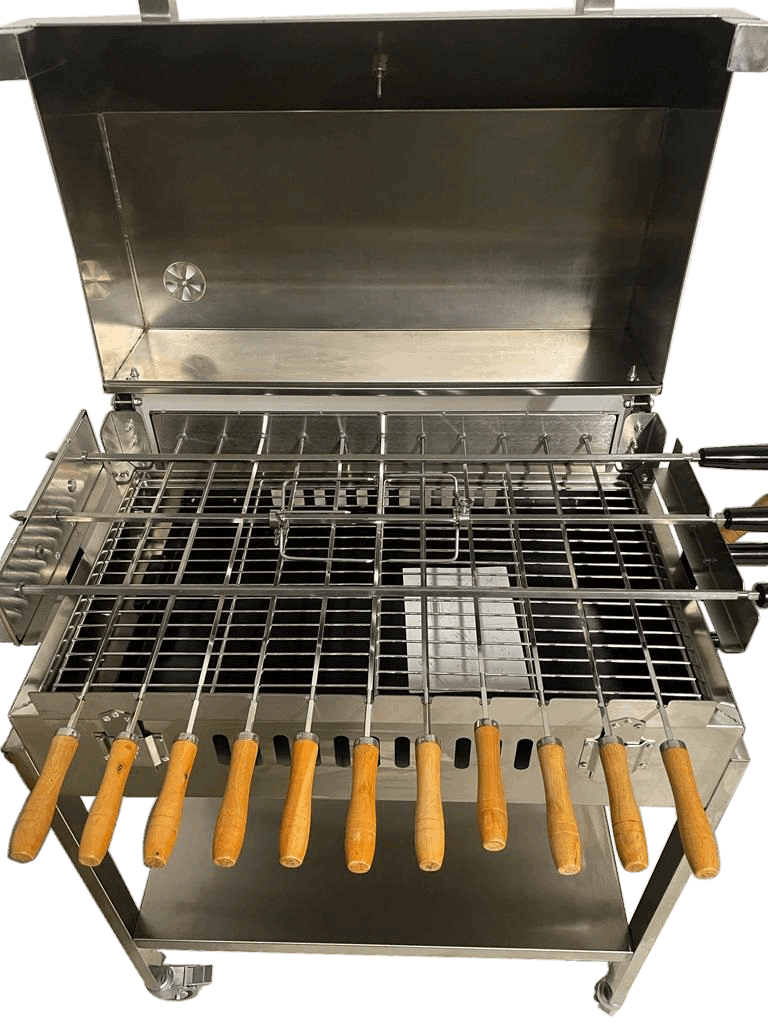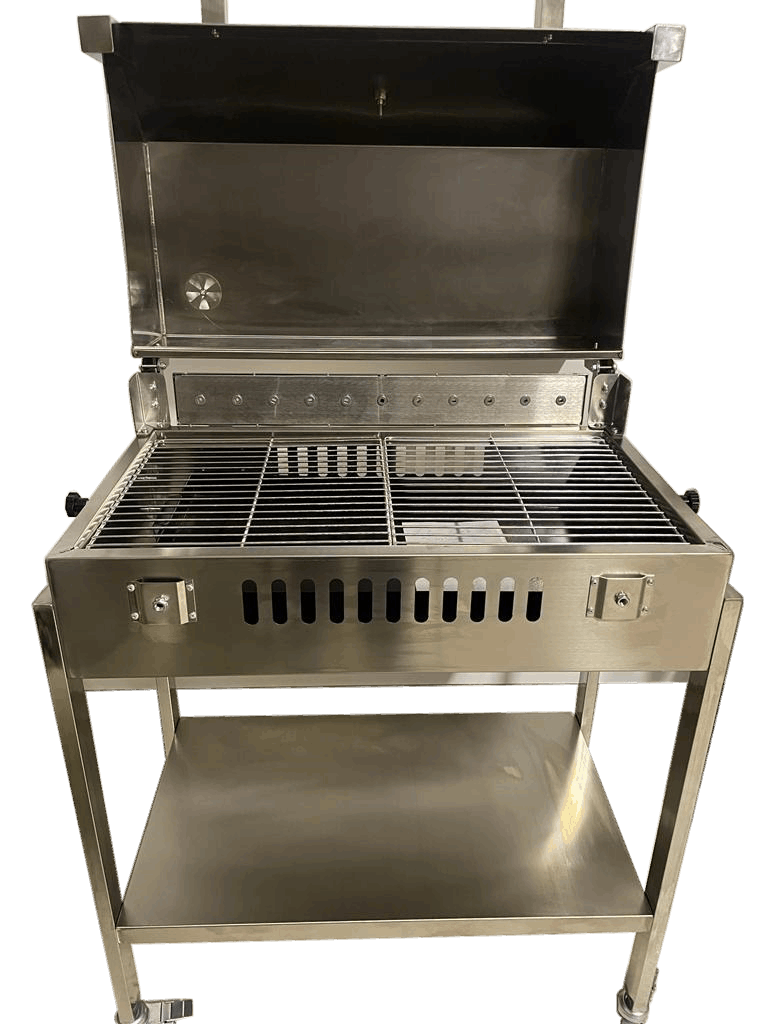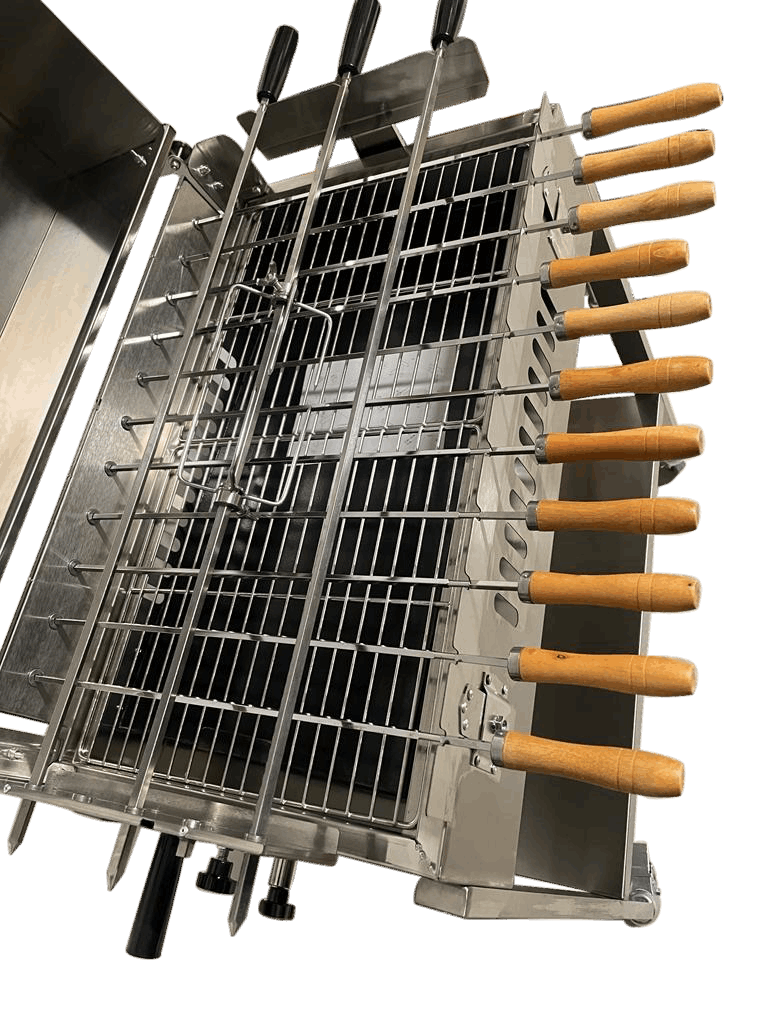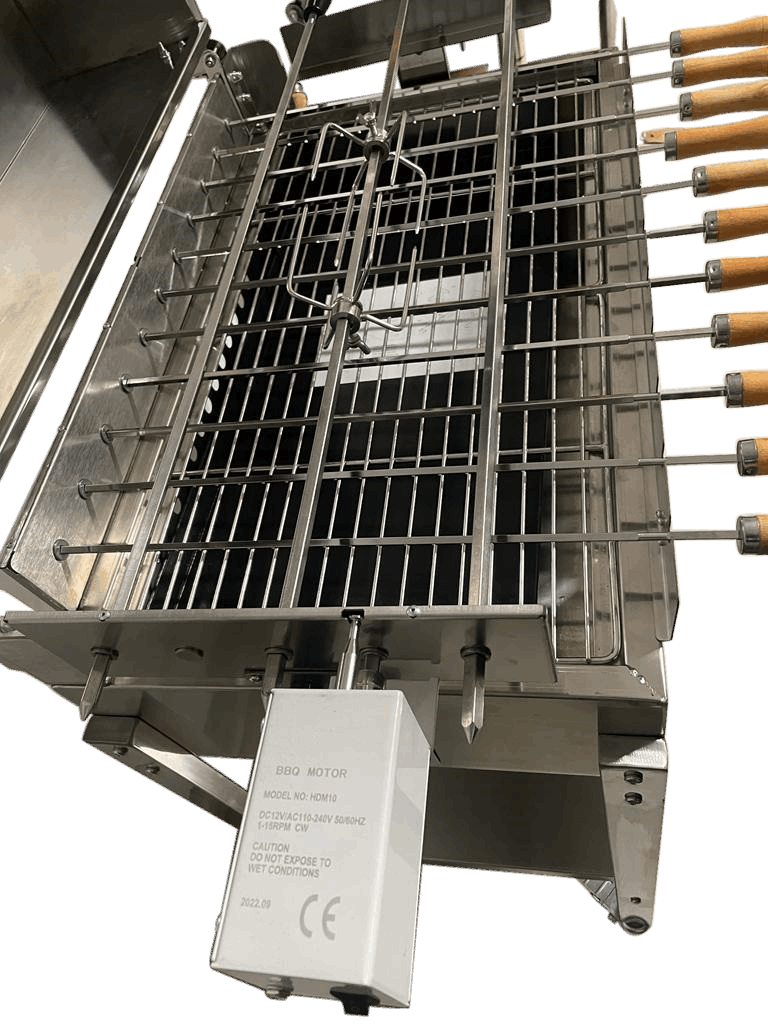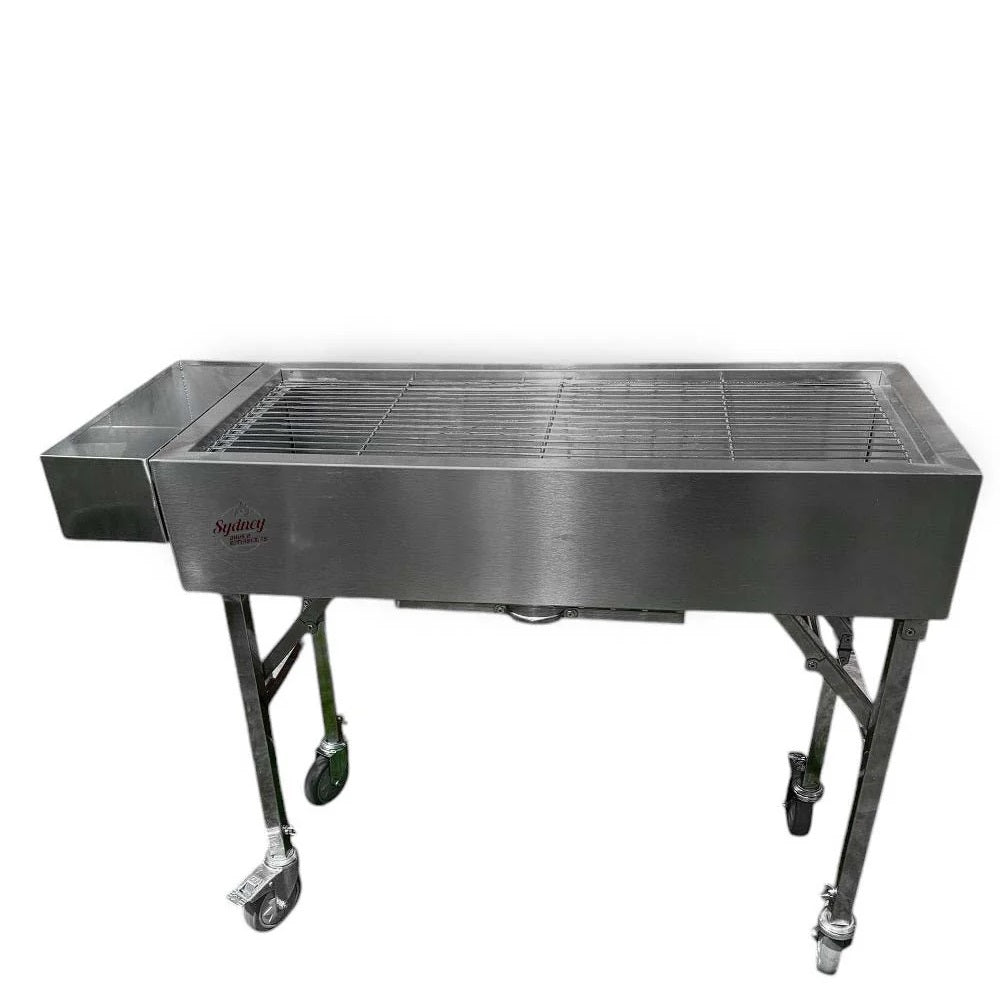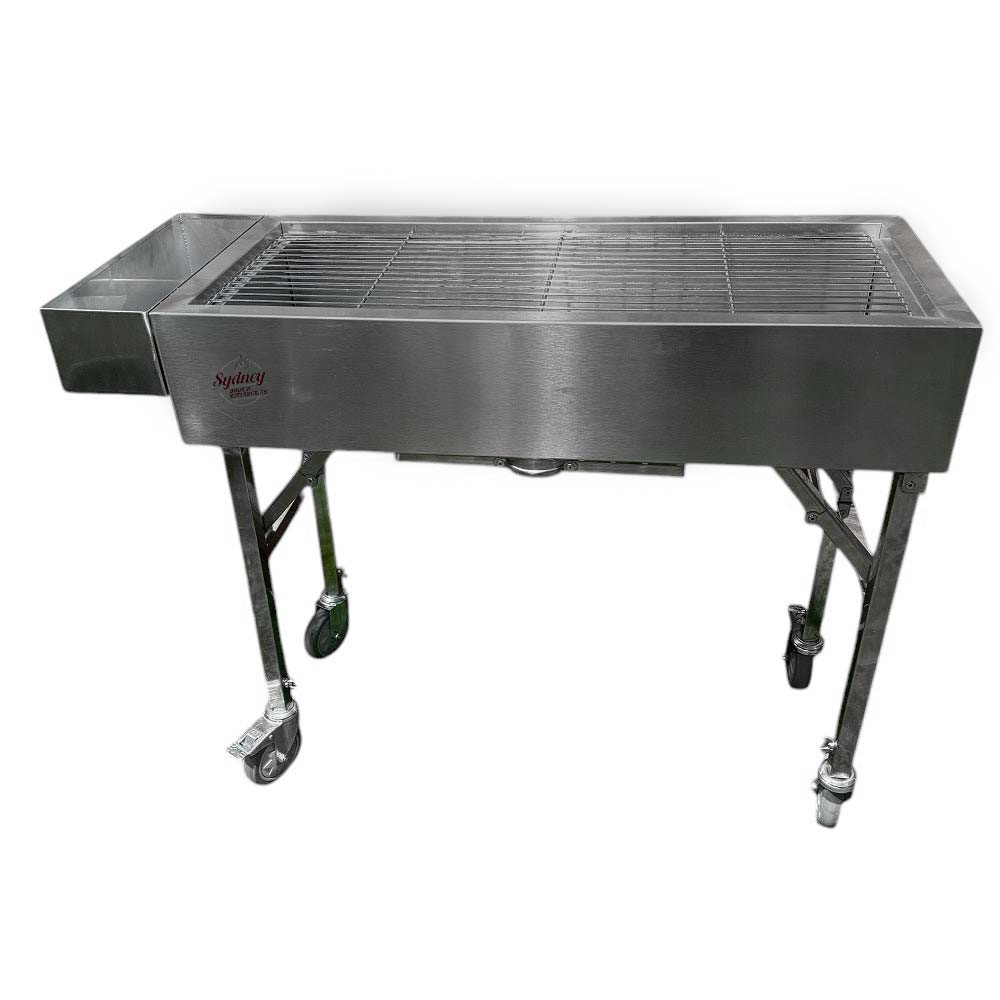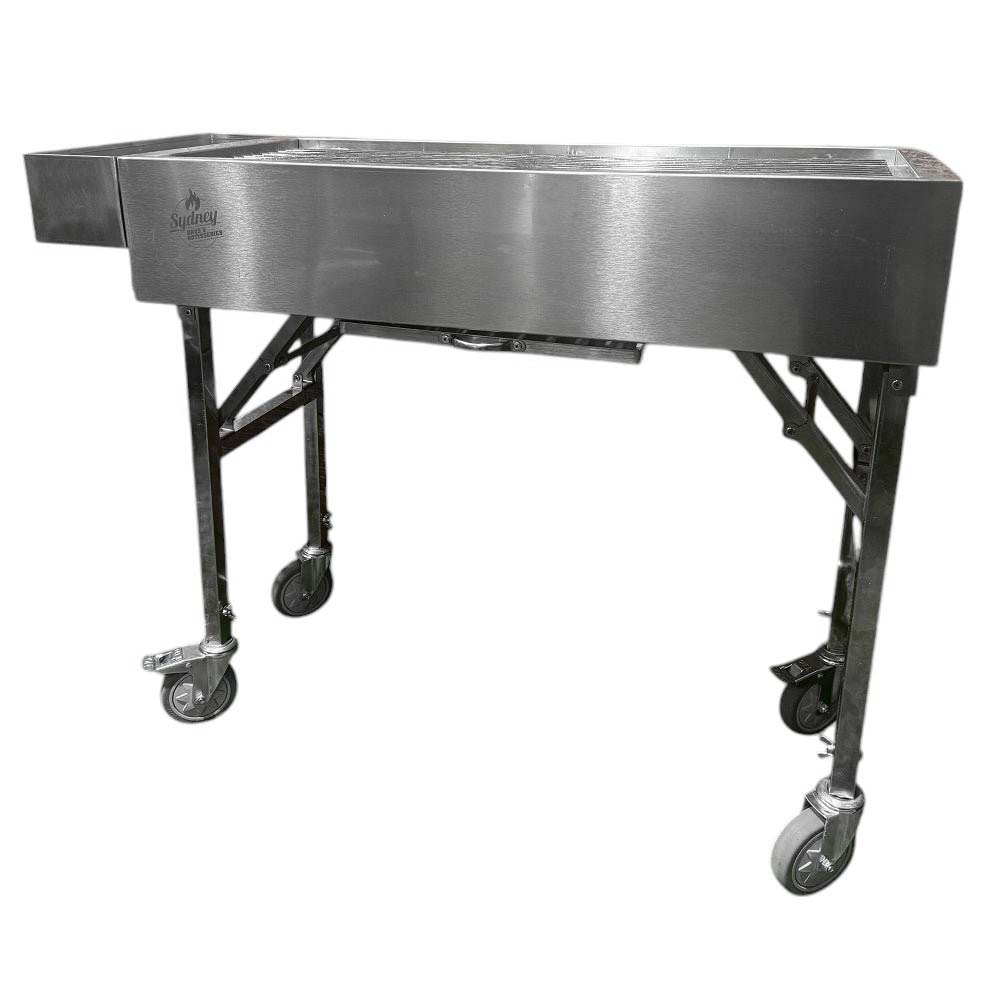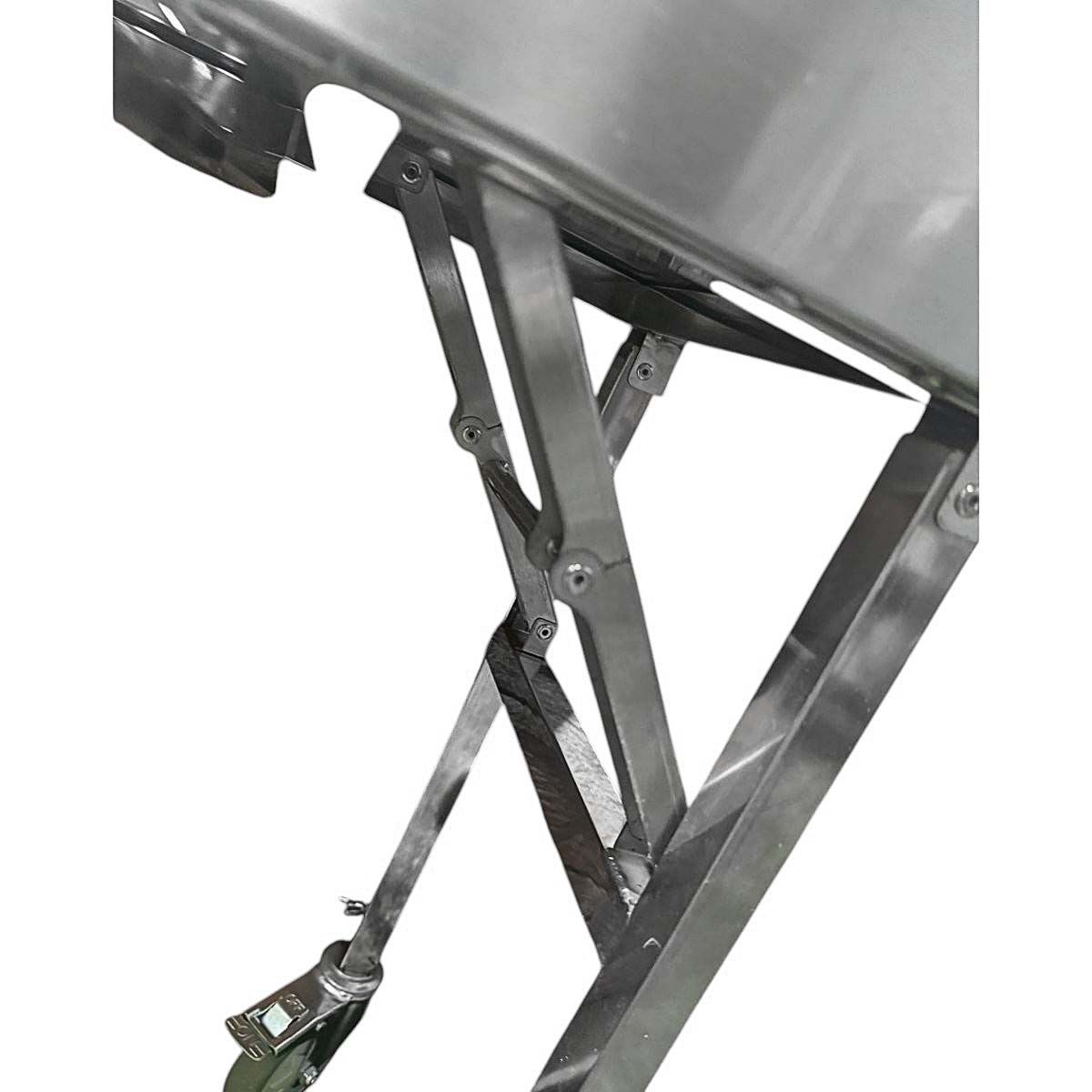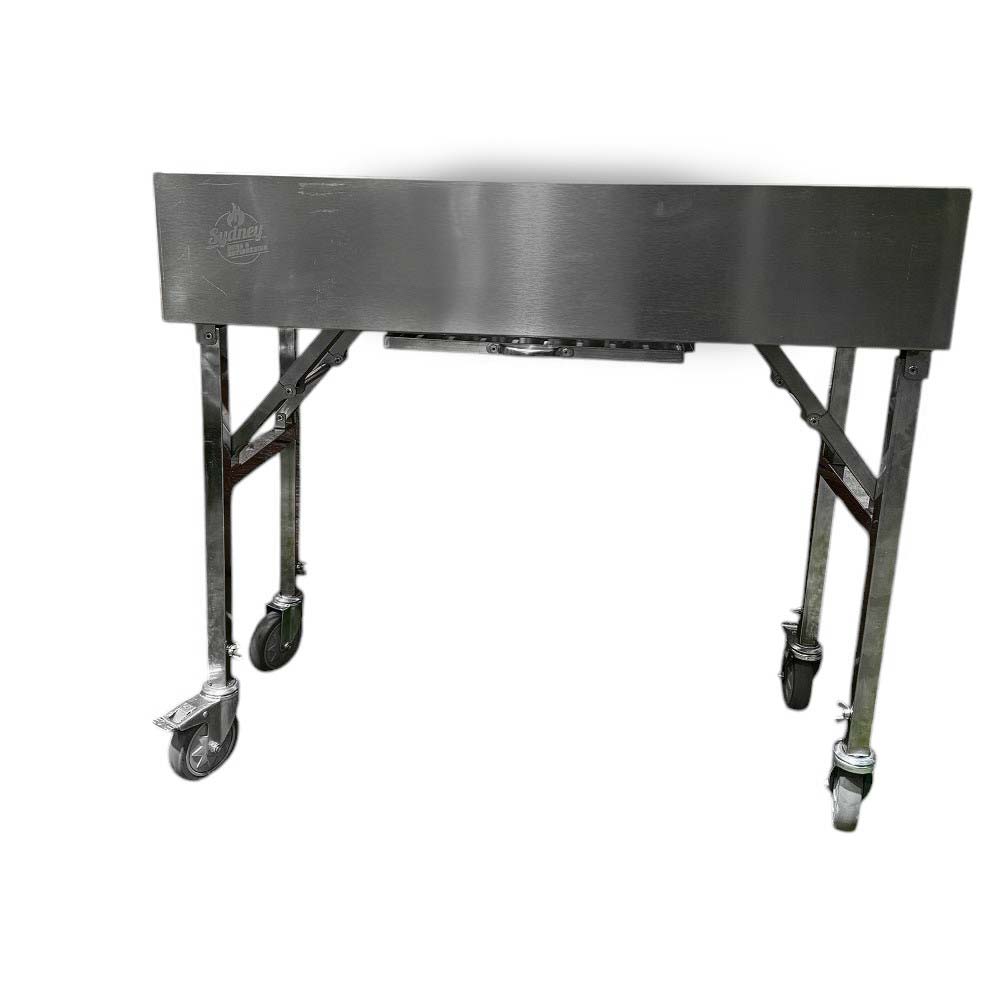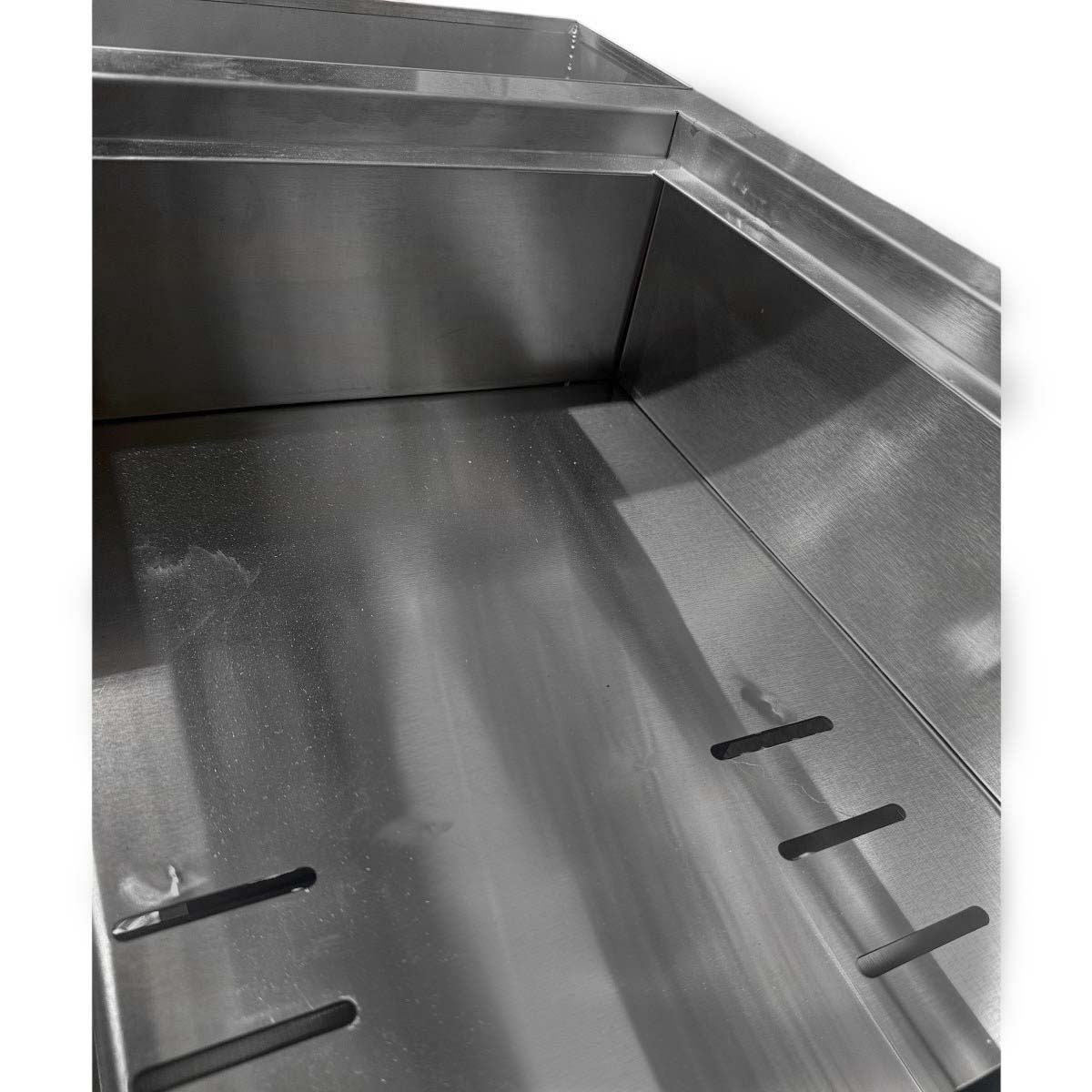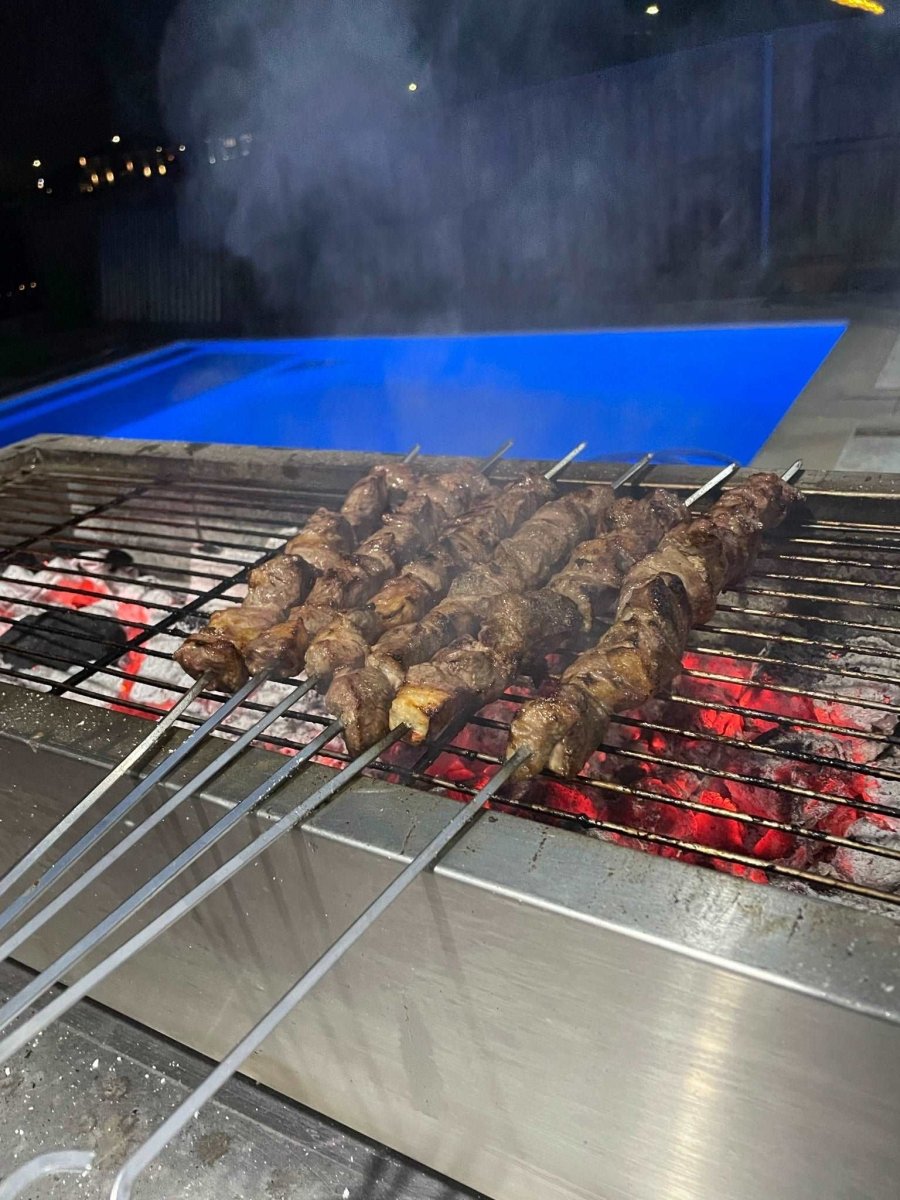Unveiling the Charcoal Grill Dilemma: Hooded vs. Non-Hooded BBQs
As the aroma of sizzling meats and vegetables fills the air, backyard chefs are faced with a fundamental choice: to hood or not to hood? The debate between hooded and non-hooded charcoal grills has long intrigued barbecue enthusiasts, each option offering its own set of advantages and considerations. Let's delve into the heart of this culinary dilemma and explore the pros and cons of both styles.
Hooded Charcoal Grills: The All-in-One Solution
Pros:
- Versatility: Hooded charcoal grills, also known as kettle grills, offer versatility in cooking methods. With the ability to grill, smoke, roast, and even bake, these all-in-one solutions cater to a wide range of culinary preferences.
- Temperature Control: The hood of a charcoal grill provides better temperature control by trapping heat and circulating it around the food. This facilitates more even cooking and allows for experimentation with various cooking techniques.
- Smoke Infusion: The enclosed cooking chamber of a hooded grill enables greater control over smoke infusion, resulting in rich, smoky flavors that enhance the taste of meats and vegetables.
Cons:
- Limited Grilling Space: Despite their versatility, hooded grills may have a smaller grilling surface compared to their non-hooded counterparts. This can be restrictive when cooking for large gatherings or preparing multiple dishes simultaneously.
- Learning Curve: Mastering the art of hooded grilling requires a learning curve, especially when it comes to temperature regulation and smoke management. Beginners may find it challenging to achieve consistent results initially.
Non-Hooded Charcoal Grills: Embracing Simplicity
Pros:
- Simplicity: Non-hooded charcoal grills, such as open grates or barrel-style designs, embrace simplicity and straightforward functionality. They are easy to use and require minimal setup, making them ideal for casual grilling sessions.
- Ample Grilling Space: Non-hooded grills often feature larger cooking surfaces, allowing for greater capacity and flexibility when cooking for larger groups or preparing elaborate feasts.
- Direct Heat: With an open design, non-hooded grills provide direct heat exposure to the food, resulting in beautiful sear marks and caramelization, especially desirable for steaks and burgers.
Cons:
- Limited Temperature Control: Compared to hooded grills, non-hooded designs offer less temperature control, as they lack the ability to trap and circulate heat effectively. This can lead to uneven cooking and difficulty in achieving specific cooking techniques.
- Smoke Management: Non-hooded grills may present challenges in managing smoke levels, as the absence of an enclosed cooking chamber can lead to fluctuating smoke patterns and potential flare-ups.
Final Thoughts
In the world of charcoal grilling, the choice between hooded and non-hooded BBQs ultimately boils down to personal preference and cooking style. Hooded grills offer versatility, temperature control, and enhanced smoke infusion, ideal for those who enjoy experimenting with different cooking techniques. On the other hand, non-hooded grills embrace simplicity, ample grilling space, and direct heat exposure, catering to enthusiasts who prefer a more straightforward approach to outdoor cooking. Whichever option you choose, both styles promise to elevate your barbecue experience and delight the taste buds of friends and family alike. So, fire up those coals, embrace your preferred grill style, and savor the flavors of summer with every delicious bite.
Explore GrillsYou may also like
View allPizza Ovens Are the New Backyard Status Symbol
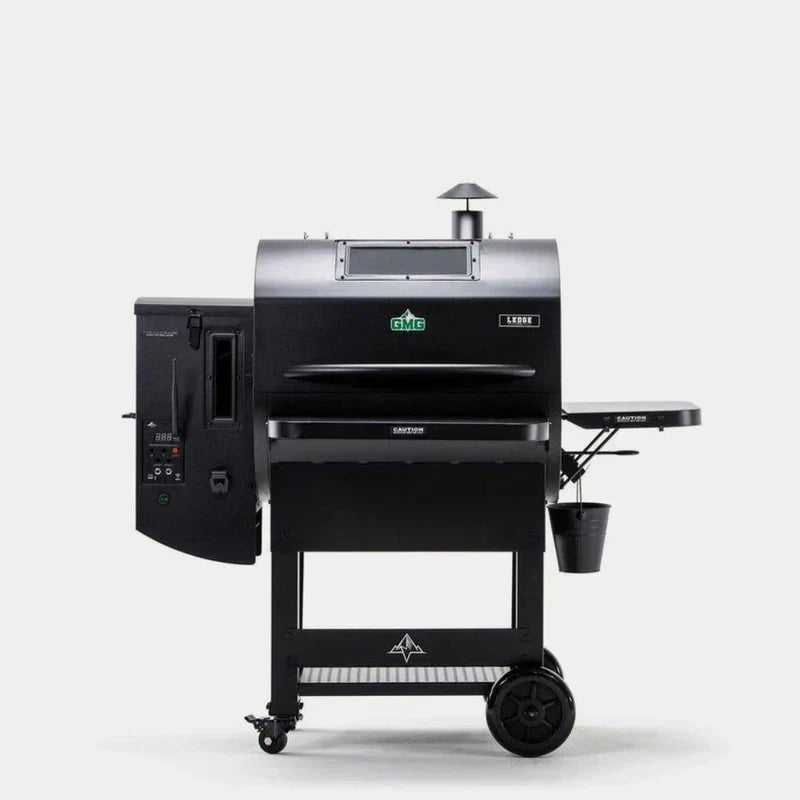
Pellet vs Electric Smokers: Choosing the Right Smoker for Your BBQ Style
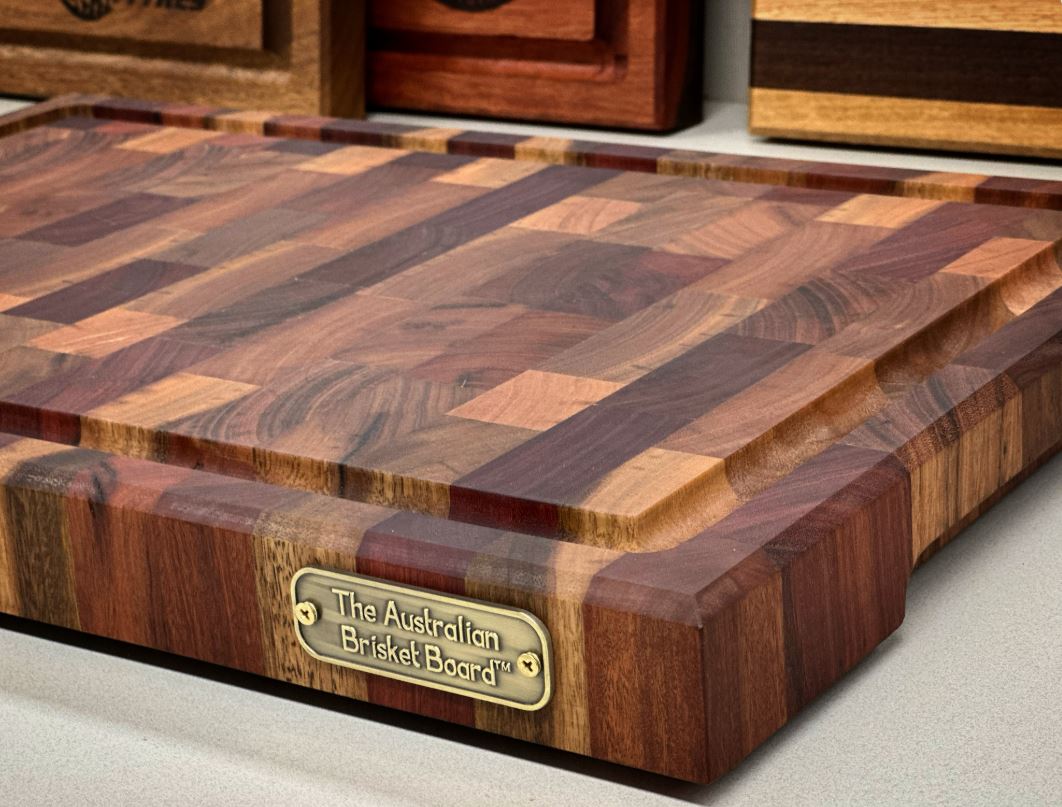
Caring For Your Chopping Board
Learn how to clean, maintain, and protect your chopping board for long-lasting use. Keep it in top shape with expert care tips and Board Butter treatment.


